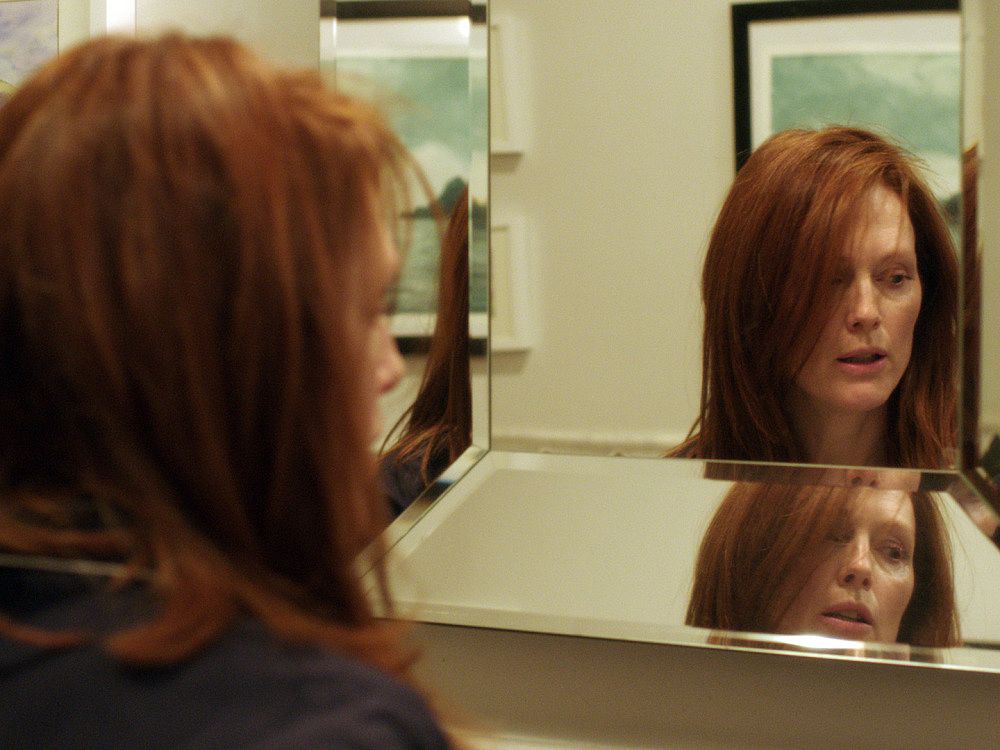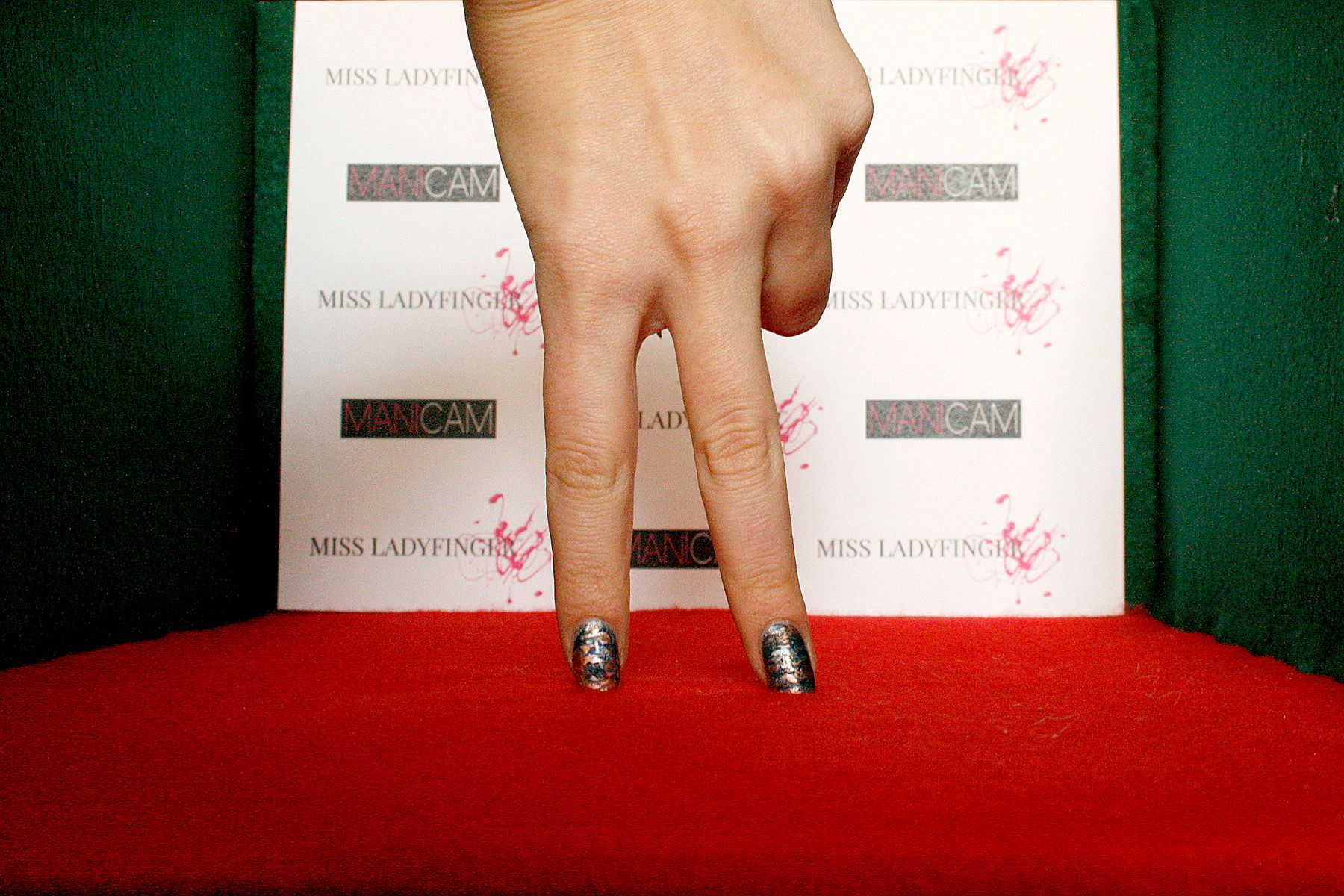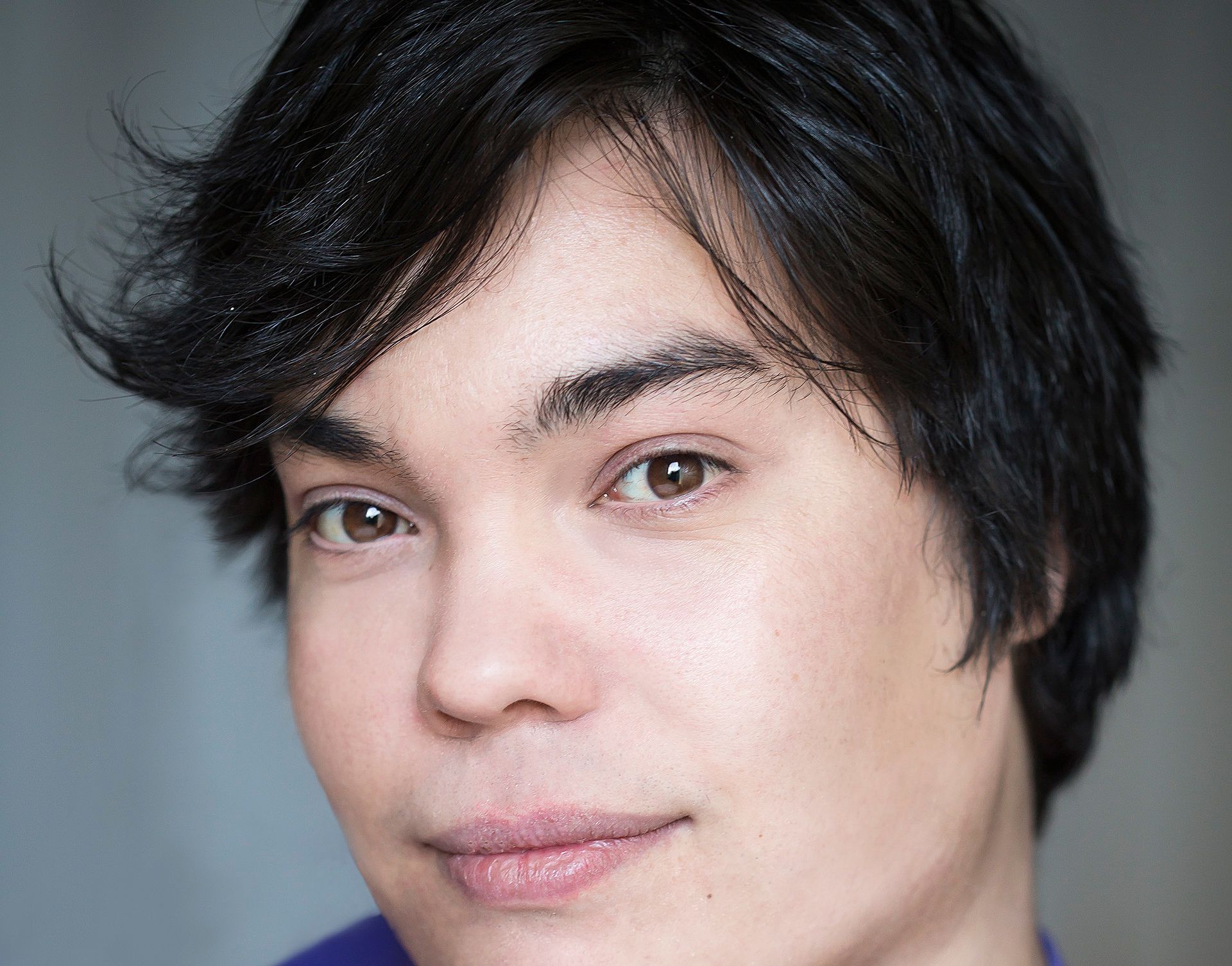The Archetype of the Best Actress and the Problem with Hollywood
Sam Brooks on how the Best Actress award still puts baby in a corner.
I'm a Best Actress enthusiast.
No, I’m a Best Actress obsessive. I've seen every film that has won an Academy Award for Best Actress and every film that has ever received a Best Actress nomination. That’s 88 winners and around 400 nominees (the category had a fluctuating number in the earlier years and there’s the occasional double nominee floated throughout the category). These are not just the actions of a cinephile; these are the actions of a psychotic.
The Best Actress category at the Oscars has always held a fascinating place in the history of the awards. It’s the one award where the film industry’s dismissive approach to women is thrown into sharp relief and where gender politics bubble underneath the list of nominees in a complex and troubling miasma. Even its companion award, Best Supporting Actress, is an easier award to make sense of. It’s the category where you can split the winners into ingénues (Jennifer Hudson, Anna Paquin, Geena Davis back in the day) and people who everybody thinks should have an Oscar already (Judi Dench, Tilda Swinton, Geraldine Page).
When you look at this year’s Best Actress nominees within the context of the Award’s history, it’s depressing how quickly you can slot them into archetypes and familiar narratives. Particular types of performances get nominated – or, more accurately, particularly types of actresses.
I’ll begin with the winner, Julianne Moore. Her work needs little introduction. She’s someone who has frequently topped lists of people who should have an Oscar that don’t. Considering her past roles, her work in Still Alice is fairly atypical: she plays a regular woman who is diagnosed with early-onset Alzheimer's, and the film follows her struggles with both her disease and her family’s reaction to it. For an actress whose most acclaimed work is with auteurs like Todd Haynes and Paul Thomas Anderson - finding different tones and registers within rigid style - it’s a rare opportunity to see a film bow before and bend around her. This film could exist solely to win Moore her Oscar, and that is likely its place in history. Moore’s win falls into a narrative that mirrors that of a Sandra Bullock – atypical work that the Academy is compelled to reward – or a Kate Winslet – where the award is less for the performance and more for the role – and if you’re feeling particularly ungenerous, latter-day Meryl Streep, a person who should have an award and we’ll give it to her for anything. It’s this last category that rings most true for those who have watched Moore’s steady, uninterrupted run through the awards season. Nobody wants to deny Moore her Oscar, and the work hardly matters.
Nobody wants to deny Moore her Oscar, and the work hardly matters.
Felicity Jones, on the other hand, followed two different narratives on her way to the nomination. The first is one that's most familiar to Oscar watchers: the Academy loves to award an ingénue. At 31, Jones hardly counts as one, but her rise has been quick. From an acclaimed performance in feature-length Instagram Like Crazy to her quiet but assured work in The Theory of Everything, she’s become the kind of actress that people think should have an Academy Award nomination. It’s a similar line of thinking that led Jennifer Lawrence from being a bright spot in the barely-seen mess that was The Burning Plain in 2008 to an Oscar nominee for gritty indie Winter’s Bone to an Oscar win two years later for Silver Linings Playbook (See also: Natalie Portman). The work becomes less important than the assumption that we’re seeing an actress stretch.
The second narrative that applies to Jones is bleaker. A default nominee is one that everybody knows is going to be nominated but nobody believes for even a single moment could win. It’s a performance that people feel kindly towards but rarely passionate about. In 2014, Felicity Jones is that default nominee. It doesn’t help that she becomes a supporting player in her own film with no significant arc to speak of, or that she rides on the coattails of the Best Actor frontrunner, and eventual winner, but she fills this spot quite comfortably. It’s not that it’s a bad performance, but it’s the one that people trying to remember full slates of nominees will forget in the years following (can you name the films that gave Angelina Jolie or Charlize Theron their second Oscar nominations?)
This leads us to Reese Witherspoon, who fills a similar role. In other years, she could’ve filled Moore’s spot as overdue winner or even Jones’ role as a default nominee, but in 2014 her narrative followed a different path. The Academy likes to award actresses who take an active part in producing stories, and Witherspoon garnered immense goodwill not only for producing Wild, and doing spikey, charismatic work in it, but for continuing to produce Gone Girl, a book that Witherspoon famously acquired the rights to, even after David Fincher suggested that she was not the right fit for the role and she voluntarily stepped aside. This goodwill is enough to lead to a nomination. It’s why Salma Hayek can call herself an Academy Award nominee, but rarely a win.
Witherspoon stepping aside allowed for Rosamund Pike to take the much-coveted role of Amy Dunne in Gone Girl. Pike has garnered respect, if not acclaim, throughout her decade-long career and Gone Girl was more talked about than it was raved about. Amy Dunne is a role that would’ve guaranteed a nomination for almost any actress who played it (see any of the roles in Doubt) but Pike’s commitment to the blackly comic tone of the screenplay, especially when the film backs down in the second half, is special and unique. It’s the performance she’ll be remembered for, despite her winning work in An Education and the dire Barney’s Version. Oscar loves to crown a star, from Penelope Cruz to Carey Mulligan, and Pike’s nomination for the biggest box office hit of any of these nominations is testament to that.
It'd been assumed by most predictors that Jennifer Aniston was going to be nominated for Cake, a nasty indie movie that nonetheless allowed her to stretch the thorniest and least appealing parts of her persona. On Oscar nomination morning, however, Marion Cotillard – who had been quietly picking up troughs of critics prizes for her work in both Two Days, One Night and The Immigrant – was announced instead. But even this surprise falls into a traditional Oscar narrative, especially for this category.
After months of critics' prizes and precursor ceremonies, most notably the Golden Globe Awards and the Screen Actors Guild Awards, the category usually settles around five or six women. It’s important to note that members of the Academy don’t vote on these awards, and the films that are first made available to them through screeners tend to pip the most nominations, if not awards. It’s no coincidence that in 2007 The Savages was the first screener sent out and Laura Linney became a surprise Best Actress nominee a few months later. You can attribute this phenomenon to the recent nominations of Emanuelle Riva in 2012 and Melissa Leo in 2008. Cotillard’s high-profile ‘snubs’ (a word that is used almost as much as ‘Oscars’ during award season) for Rust & Bone and Nine likely also played a factor, as it has for all five of Amy Adams’ nominations and Glenn Close’s baffling nomination for Albert Nobbs in 2011.
These narratives aren’t wholly unique to the Best Actress category. There are always actors who are perceived as being overdue for an Oscar (the vacuum that Kevin Spacey’s 1999 win caused in an uncommonly strong year messed up the category for a good few years until all the living nominees were rewarded), and there are always default nominees (hey Robert Duvall in The Judge). However, actresses are treated with kid gloves when it comes to awards season. We never see an actor being rewarded for producing his own film, because it happens all the damn time, and the idea of a male ingénue is lost entirely on awards bodies; women in their teens and twenties are nominated so often that it goes unnoticed, whereas men aren’t recognised by the Oscars until their late twenties or early thirties. No 22-year-old man is going to be given an Oscar, or has ever been given an Oscar, for playing a role he is obviously too young to play in what could charitably be called a romantic comedy about depression, but Jennifer Lawrence stumbles her way up to the stage and nobody bats an eyelid. She's another Sorvino, another Connelly, another Paltrow, an actress who is rewarded for simply attending the party, because that's all that's expected.
There is also the indisputable fact that The Academy pays less attention to films with female protagonists - and they do exist, at least more so than the Academy seem to recognise. Four of the Best Actor nominees were in films with a corresponding Best Picture nomination, and even the fifth film picked up a slew of nominations elsewhere (Foxcatcher). However, the only Best Actress nominee who is in a Best Picture nominee is Felicity Jones in The Theory of Everything, where she plays the wife of a famous man. Even more depressing, only one other Best Actress nominee is in a film that was nominated elsewhere (Reese Witherspoon for Wild, also nominated for Best Supporting Actress). These statistics sound inconsequential but when thrown up against the history of the Oscars, they become part of a trend. There have only been two occasions in the entire history of the Award where all the Best Actress nominees were in a film that was also nominated for Best Picture. This was in 1939 and 1940, back when ten films were guaranteed Best Picture nominees. In contrast, the last time all the Best Actor nominees have been in a film that was also nominated for Best Picture was 2013.
There have only been two occasions in history where all the Best Actress nominees were in a film that was also nominated for Best Picture.
What the Oscars do reflect is what and who the film industry, particularly Hollywood, is thinking about in a particular year. In 2006, they were thinking about Jennifer Hudson. In 1995 they were thinking about Mira Sorvino, and last year they were thinking about Patricia Arquette. Looking at the nominees over the years, you see when Hollywood were watching films about women - quality films about women. Just look at the stellar 1974 nominees, and when the film industry was actually making them. Marion Cotillard’s nomination for Two Days, One Night last year is a brief ray of light in that regard. It's a film that is unashamedly and proudly about a woman and not an easy woman at that, but to find a film, a quality film like that, you had to look all the way to Belgium.
And then there’s the factor that plays into all these nominations, and the one that people are least comfortable bringing up: likability. When you look at the nominations for Best Actress through the years, especially recent years, you see a list of women who are well-liked and well-regarded with little controversy surrounding them. You see Streeps, Winslets, Bullocks, Denchs and Mirrens; actresses who people rarely say a bad thing about. You look at Best Actor and you see a list of names that invoke controversy more than they do a filmography: Rourkes, Bales, Phoenixes. An actress with half the recorded history of abuse and violence that Sean Penn has would not have won two Oscars, let alone be asked to present Best Picture. A well-intentioned speech by winner Patricia Arquette has had more internet thinkpieces devoted to it than Sean Penn’s racially insensitive joke about Birdman winning Best Picture. This shows the divide between how Oscar treats actresses and how it treats actors. With actors, it’s about the performance; with actresses, it’s about the person.
With actors, it’s about the performance; with actresses, it’s about the person.
This is changing, but ever so slowly. Actresses, and award-season followers, are biting back at media that focuses on the fashion, rather than the work. Cate Blanchett’s Oscar speech last year garnered a lot of praise, but even more momentous was her refusal to ‘pose’ for the E! channel’s Mani-Cam; a box for an actress to put her hand into and show off her nails, a concept that sounds even more ridiculous when written down. It was a reminder that awards season, and the coverage that increases in length and intensity every year, treats women vastly different from men. Eddie Redmayne gets asked about Stephen Hawking and Felicity Jones gets asked who she’s wearing. This bias is present from the media that breathlessly interviews actors to the people who nominate them: the red carpet is simply where the grotesque inequality is most sharply put into relief.
It’s these factors that make Best Actress exasperating, compelling and important to track, not only as a cinephile, but as a person who follows awards season like people follow rugby. I love it because it’s the one award where you can often see a great performance struggling against an uneven film, a great performer buckling to the rigid demands of strident Oscar bait or, in the best instances, a great film that allows a great performer to finally spread her wings. But more than any other category, Best Actress is a concentrated reminder of how we as a society treat women, and how little those attitudes have changed over the years. If you’re in a hit movie, if you’re young and beautiful, if you’re likeable but flawed but not too flawed, and finally if you’re at least decent in a movie that we want to see, then we’ll nominate you. If you’re not any of those things, you can move along. Anne Hathaway is going to have to wait a long time for that third nomination.
I’ll leave you with a bleak statistic: Julianne Moore is only the second woman in her 50s throughout the entire history of the Academy Awards to win Best Actress. The first was Shirley Booth for Come Back Little Sheba in 1952.



